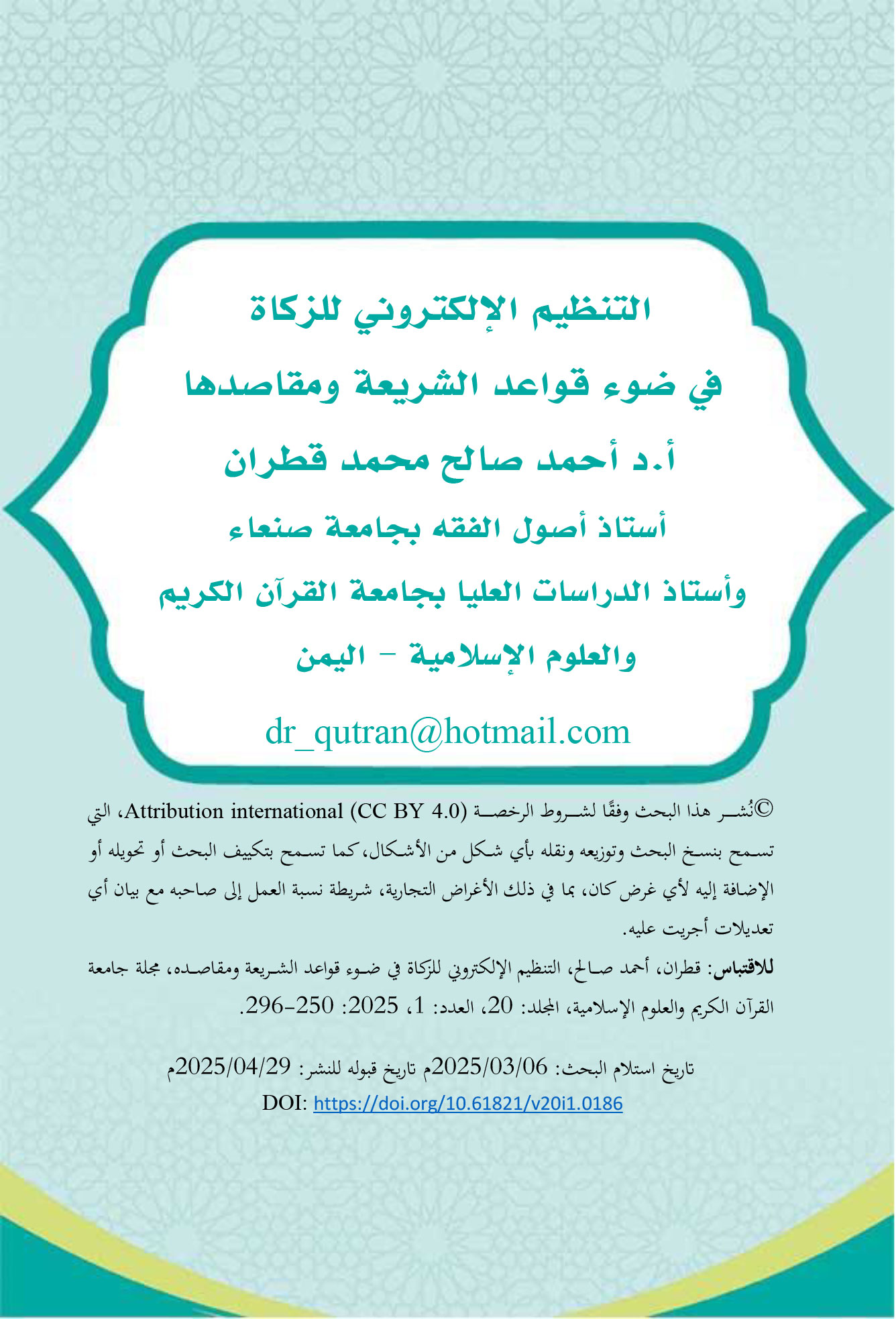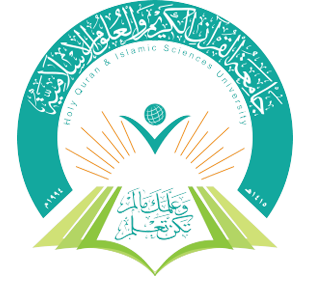Organizing Zakat electronically in light of the provisions and objectives of Sharia
DOI:
https://doi.org/10.61821/v20i1.0186Keywords:
Zakat, Organizing, sustainableAbstract
The importance of the research lies in the fact that it represents an important foundation for launching a project or process of automating zakat, and it is a theoretical description for preparing the necessary programming for that in the future. The novelty of the research appears in that it proposes automating the pillar in all its details in a way that constitutes an integrated banking system that crosses borders in terms of collection, disbursement and investment.
Linking this to the rules of Sharia and its objectives, perhaps the most important reasons motivating us to embark on this research are to contribute to the essence of zakat collection and the organization of its disbursement. The research aimed to provide solutions that contribute to reducing the process of zakat negligence, so that the zakat payer will automatically rush to pay his zakat, and to find a method that works to control the zakat collection process in a way that achieves the highest level of income, and to provide methods that contribute to controlling the zakat disbursement process in a way that achieves sustainable development.
The problem can be summed up in one question: Does automating the collection and disbursement of zakat lead to positive results in the economic field?
The research concluded that the legislator's objective in legislating zakat was to take money from its permissible source and place it in its proper place, and to achieve sustainable development within society. Therefore, the Sharia, with its principles and rules, does not prevent the automation of zakat, considering it a recognized interest. In addition, the researcher mentioned guidelines and options in the proposed program that can only be implemented by a programmer specializing in administrative and banking programs
Downloads

Downloads
Published
Issue
Section
License
Copyright (c) 2025 Journal of the University of Holy Quran and Islamic Sciences

This work is licensed under a Creative Commons Attribution 4.0 International License.
©This article is an open access article distributed under the terms and conditions of the Creative Commons Attribution (CC BY) license



